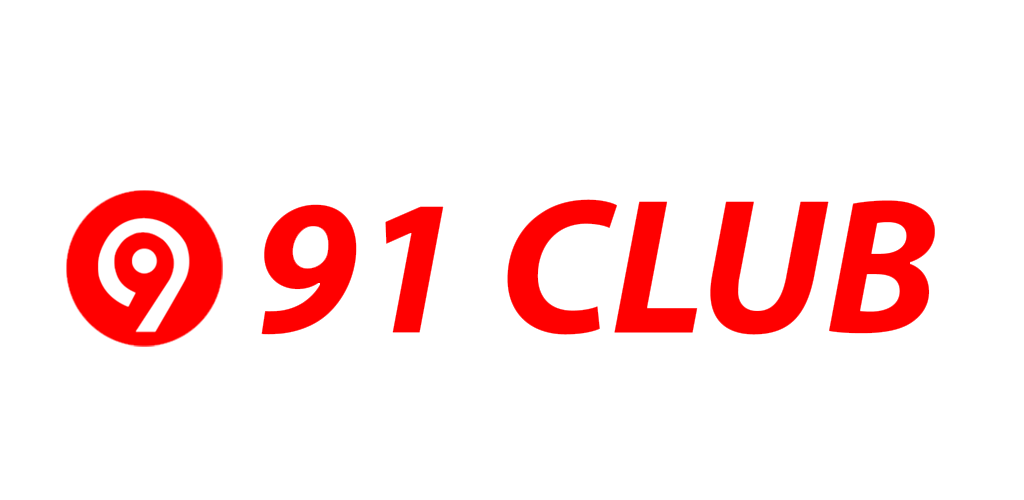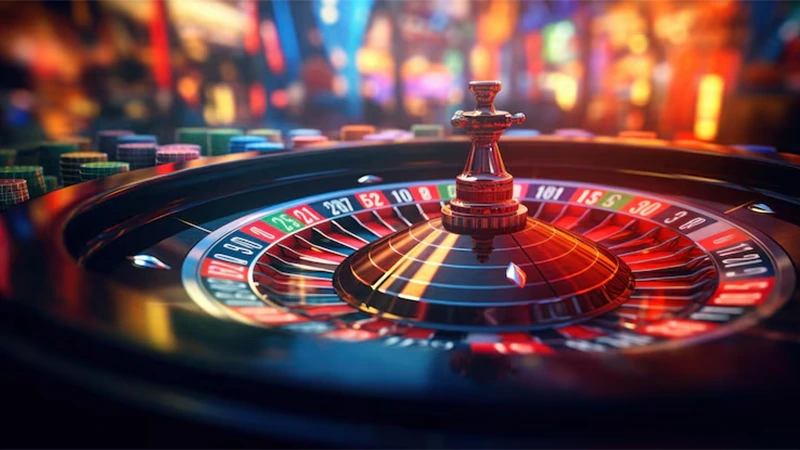The odds and payouts vary slightly depending on the type of roulette wheel, as outlined below. If you’re looking for effective professional roulette systems, visit 91 Club now to experience the very best!
Roulette Odds and Payouts
| Bet | Payout | European Roulette Odds (Chance of Winning) | European Roulette House Edge | American Roulette Odds (Chance of Winning) | American Roulette House Edge |
| Reds / Blacks (colour) | 1:1 | 48.65% | 2.7% | 47.37% | 5.26% |
| Evens / Odds | 1:1 | 48.65% | 2.7% | 47.37% | 5.26% |
| Lows / Highs (1-18 / 19-36) | 1:1 | 48.65% | 2.7% | 47.37% | 5.26% |
| Dozens | 2:1 | 32.43% | 2.7% | 31.58% | 5.26% |
| Columns | 2:1 | 32.43% | 2.7% | 31.58% | 5.26% |
| 6 Numbers (6 line) | 5:1 | 16.22% | 2.7% | 15.79% | 5.26% |
| 5 Numbers (top line) | 6:1 | – | – | 13.16% | 7.89% |
| 4 Numbers (square) | 8:1 | 10.81% | 2.7% | 10.53% | 5.26% |
| 3 Numbers (street) | 11:1 | 8.11% | 2.7% | 7.89% | 5.26% |
| 2 Numbers (split) | 17:1 | 5.41% | 2.7% | 5.26% | 5.26% |
| 1 Number (straight) | 35:1 | 2.70% | 2.7% | 2.63% | 5.26% |
|
|||||
Types of Roulette Bets
The two main types of bets are “inside” and “outside”. There are different betting limits for each type of bet. You can usually bet much higher on outside bets. This is for a few reasons, but mainly because the payouts are much higher on inside bets.
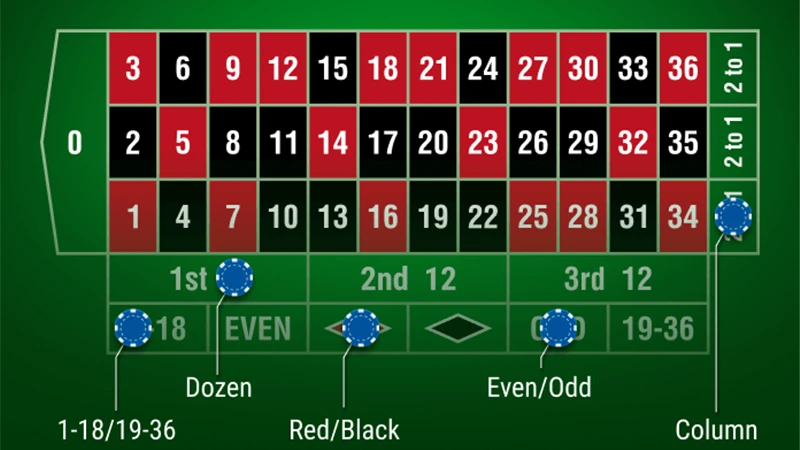
Types of Roulette Bets, Odds, and Chip Placement
- Straight (1 number): 35-1 payout (pays your original bet PLUS 35 units). Example: covers number 2.
- Split (2 numbers): 17-1 payout (pays your original bet PLUS 17 units). Example: covers numbers 2 & 6.
- Street (3 numbers): 11-1 payout (pays your original bet PLUS 11 units). Example: covers 7, 8 & 9.
- Square (4 numbers): 8-1 payout (pays your original bet PLUS 8 units). Example: covers 8, 9, 11 & 12.
- Six Line (6 numbers): 5-1 payout (pays your original bet PLUS 5 units). Example: covers numbers 13, 14, 15, 16, 17 & 18.
- Colors (18 numbers): 1:1 payout (pays your original bet PLUS 1 unit). Example: covers all black numbers.
- Dozens (12 Numbers): 2-1 payout (pays your original bet PLUS 2 units). Example: covers numbers 13 to 24 (the second dozen).
- Highs / Lows (1-18 or 19-36): 1-1 payout (pays your original bet PLUS 1 unit). Example: covers numbers 19 to 36.
- Odds/Evens (18 numbers): 1-1 payout (pays your original bet PLUS 1 unit). Example: covers all odd numbers.
- Columns (12 numbers): 2-1 payout (pays your original bet PLUS 2 units). Example: covers numbers 2, 5, 8, 11, 14, 17, 20, 23, 26, 29, 32, 35.
Avoiding Common Misconceptions
A major pitfall for roulette enthusiasts is the tendency to raise their bets after a loss—without truly attempting to forecast the actual winning number. At its core, roulette revolves entirely around which number the ball will land on. And the real objective is to anticipate that outcome. Surprisingly, many betting strategies overlook the factors that determine where the ball eventually stops. As strange as it sounds, most players never consider the mechanics behind each spin.
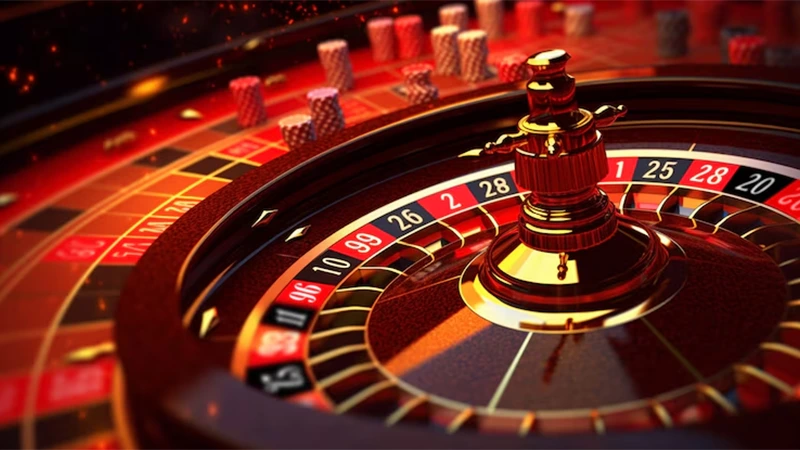
Take, for instance, a simple strategy where someone repeatedly wagers on red, increasing the amount after every loss. The logic? That sooner or later, a win will recoup all previous losses. But this ignores the fact that each spin operates independently. There’s no connection between the outcome of one spin and the next—not in the way these systems suggest.
Consider a sequence where red has appeared ten times in a row. One player insists, “Red is on a hot streak—I’ll go with red again.” Another argues, “Black has to hit soon—I’m betting on black.” Who has the right idea? Truthfully, neither. That’s because—excluding the green zero—the probability of landing on red or black remains virtually the same every time. Yet, time and again, players fall into this psychological trap, believing in patterns that don’t exist. Meanwhile, the casino reaps the benefits, knowing full well that the idea of streaks or “overdue” outcomes is purely a player’s illusion.
Race Track Bets
Not every roulette table features the race track betting option. The race track allows players to place bets on particular sections of the roulette wheel. Rules regarding the use of the race track differ from casino to casino. Additionally, the terminology can vary slightly between different race tracks, though the betting areas usually remain consistent.
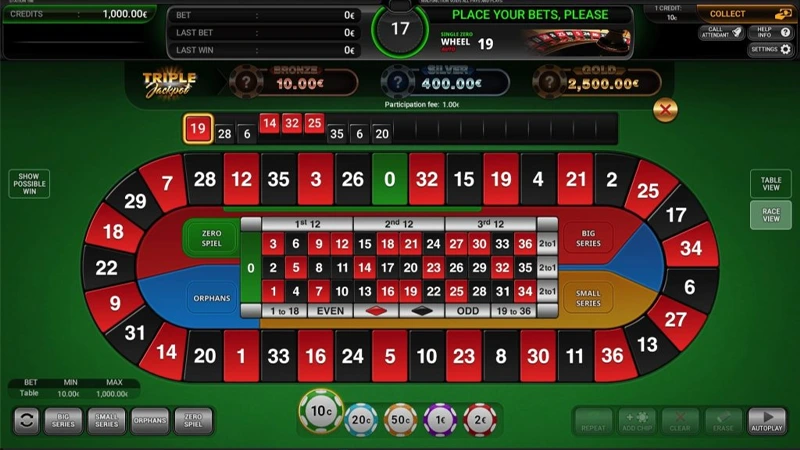
Series 5/8: Placing a bet on the orange “Series 5/8” section covers the following splits (pairs of numbers): 5 & 8, 10 & 11, 13 & 16, 23 & 24, 27 & 30, and 33 & 36.
Orphelins: A bet on the green “Orphelins” section includes:
- Straight (single number): 1
- Splits: 6 & 9, 14 & 17, 17 & 20, 31 & 34.
Series 0/2/3: Betting on the orange “Series 0/2/3” segment includes:
- Streets (groups of three numbers): 0, 2, 3
- Splits: 4 & 7, 12 & 15, 18 & 21, 19 & 22, 25 & 28, 26 & 29, 32 & 35.
0-Game: A bet on the “0-Game” consists of:
- Straight (single number): 26
- Splits: 0 & 3, 12 & 15, 32 & 35.
Neighbor Bets: This wager targets a single number on the race track. In a physical casino, placing one neighbor bet divides your stake across five numbers—the chosen number plus the two numbers immediately adjacent on each side. Online casinos automate this by placing one chip on the selected number and one chip on each of the two numbers on either side, totaling five chips on five numbers.
At certain casinos, players are required to verbally inform the dealer when placing neighbor bets, who may then relay this information to the pit boss. This procedure has several important functions: it assists in spotting skilled players targeting particular sections of the wheel, and it guarantees that the bet is clearly understood by all parties to prevent any misunderstandings. Without this step, miscommunication about the bet’s exact placement could result in conflicts.
The Best Roulette Bet
Ultimately, the best bet is the one that matches where the ball actually stops—seems obvious, right? But here’s a deeper look… While you can’t reliably forecast the exact winning number each spin, many roulette wheels allow you to anticipate the general zone where the ball will land with accuracy better than pure chance. Since the house edge in roulette is relatively low, even a small edge gained through improved prediction can tip the scales in your favor. It’s easy to assume the ball’s trajectory is completely random and fully controlled by the dealer’s spin, making prediction futile. However, by carefully studying the concepts on this site, you’ll discover that roulette is far less unpredictable than most people believe.
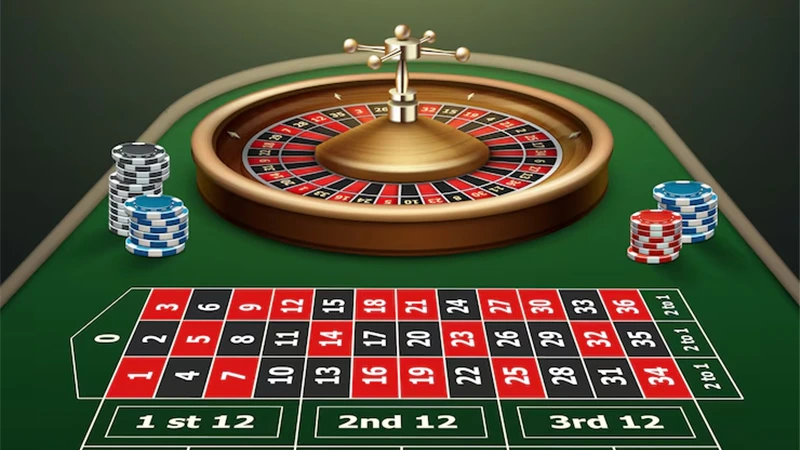
How Significant Are Roulette Odds?
Roulette odds represent the expected frequency of winning when your bets are placed with no skill—essentially, when your selections are as random as chance itself. However, if you employ advanced techniques that leverage physics to forecast the likely winning number, those odds shift considerably, often giving the player a competitive advantage. For instance, on a standard European roulette wheel, the chance of hitting a single number is 1 in 37. But using a roulette prediction device, it’s possible to win approximately once every 10 spins. This improvement effectively more than triples your chances, rendering the conventional roulette odds far less relevant in such scenarios.
Which Bets Offer the Most Favorable Chances?
Having the highest chance to win isn’t the same as having the best payout or lowest house advantage. For example, if you placed bets on every single number, you’d technically guarantee a win every spin, maximizing your odds of picking the winning number. However, despite this, you would still end up losing money overall because the payout doesn’t fairly compensate you—this difference is known as the “house edge.” Therefore, rather than focusing solely on which bets have the “best odds,” it’s more important to understand the house edge. As shown in the chart above, this edge remains consistent across all types of bets.
Understanding European and American Wheel Designs with Double 0
What sets the American roulette wheel apart is its inclusion of two zero pockets – one single and one double – a feature absent from the European wheel, which limits itself to just one green zero. The specific sequencing of numbers on each wheel type is detailed as follows:
Single-zero (European) wheel: 0,32,15,19,4,21,2,25,17,34,6,27,13,36,11,30,8,23,10,5,24,16,33,1,20,14,31,9,22,18,29,7,28,12,35,3,26
Double-zero (American) wheel: 0,28,9,26,30,11,7,20,32,17,5,22,34,15,3,24,36,13,1,00,27,10,25,29,12,8,19,31,18,6,21,33,16,4,23,35,14,2
How the Casino Gains Its Edge in Roulette
The casino’s built-in advantage, known as the house edge, is a standard feature of roulette. For European wheels, this edge is a modest -2.7%, whereas American wheels present a more substantial -5.26%. Consequently, the casino enjoys a considerably larger statistical upper hand when players are using an American wheel.
Despite being a relatively small percentage, this advantage is robust enough to guarantee sustained profitability for the casino, provided players aren’t consistently outperforming random chance with their predictions. Although individual players will inevitably experience wins over short periods, the casino’s business model is built on the cumulative results of countless spins and a vast player base. It’s only when a player appears to be utilizing a sophisticated, professional roulette system that the casino will typically focus its attention on their individual gameplay.
Called Bets (or Announced Bets)
Called bets, also known as announced bets, are wagers placed verbally rather than by physically putting chips on the table. These types of bets aren’t universally permitted across all gambling jurisdictions. The primary reason for this restriction is to prevent opportunities for dishonest players to place wagers without having the necessary funds.
Neighbor Bets: Targeting Wheel Segments
Neighbor bets are a specialized wagering technique often favored by experienced players to precisely target particular physical sections of the roulette wheel. These sector-based wagers are distinct because they are among the few bet types that can actually enhance your roulette odds. For instance, a neighbor bet placed on the number zero on a European roulette wheel will typically encompass a cluster of numbers, including 3, 26, 0, 32, and 15. This is due to their application in advantage play strategies. In European casinos, specifically, placing a neighbor bet usually requires the player to verbally convey it to the dealer, who then relays the information to the pit boss. From the standpoint of a professional gambler, it’s generally ill-advised to employ this method too frequently, as it tends to draw unwanted attention. These wagers are visualized and placed on a circular diagram of the wheel, known as the race track, located on the betting table.
